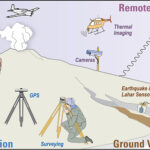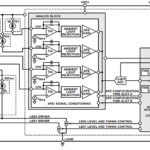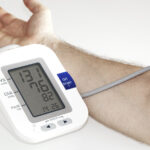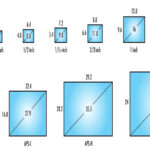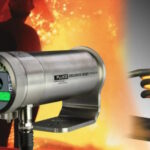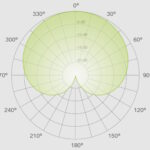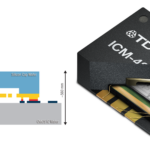Many of today’s warehouses have been or are in the process of transitioning from strictly a manual or conventional warehouse to a partially and eventually a fully automated warehouse. Depending on the level of sophistication, any automated process requires a variety of sensing technologies. Research from one company predicts that over 75% of companies will […]
Frequently Asked Question (FAQ)
What sensors are used to monitor volcanoes?
Monitoring volcanoes is complex, and it’s an important activity to ensure public safety in many areas of the world. It involves monitoring ground deformations, earthquakes and vibrations, volcanic gas, rock and water chemistry, and remote sensing from satellites. Volcano monitoring needs to be implemented on a continuous basis or in near-real-time and is an extreme […]
How do micro photo sensors work and what are they used for?
Micro photo sensors have built-in amplifiers and are available in a variety of configurations, with modulated, non-modulated, and polarized light beams. They’re used to provide precise and stable sensing or positioning of materials, components, or assemblies. Some have integrated connectivity, like IO-Link and IP 67 environmental ratings. Uses for micro photo sensors include precision manufacturing […]
What is normal blood pressure?
If you answered 120 over 80 mmHg, you are using criteria that is over 20 years old. As reported in a 2003 article, revised guidelines categorized normal blood pressure as <120/80 mmHg. Since the measurements are meant to lower the risks from not recognizing what is often called the silent killer – high blood pressure […]
What are the key specifications of machine vision sensors?
Charged coupled devices (CCDs) and CMOS active pixel sensors (CMOS sensors) are the primary image sensor technologies. They rely on lenses and other optical components to deliver the image to be captured. This FAQ reviews the differences between CCDs and CMOS sensors, looks at some key specifications of image sensors and the concept of quantum […]
How many ways are there to measure temperature?
Temperature is the most commonly measured physical quantity. Thermometry, the measurement of temperature, involves a wide range of technologies. Its uses range from maintaining a comfortable and safe environment for people to industrial processes operating at over 3,000 °C and quantum computing operating at near absolute zero. This FAQ reviews some of the more common […]
What are the six microphone polar patterns used for?
Microphone polar patterns, sometimes called pickup patterns, define microphone sensitivity in different directions. The different polar patterns are used for controlling sound pickup and isolating the sound source, or sources, of primary interest from surrounding sources. There are six common microphone polar patterns: cardioid, supercardioid, hypercardioid, omnidirectional, lobar, and bidirectional. Polar patterns are represented by […]
How will NHTSA’s AEB mandate impact sensing?
In 2019, the U.S. Department of Transportation’s National Highway Traffic Safety Administration (NHTSA) published a draft pedestrian automatic emergency braking (PAEB) test procedure. When, the results of testing conducted in 2022 on 12 light vehicles were published in 2023 (2022 Light Vehicle Pedestrian Automatic Emergency Braking Test Summary, March 2023), one conclusion was: No vehicles […]
How sensors help you play ball: part 3
Sensing in the 2022 FIFA World Cup soccer ball consists of a 6-axis motion sensor, a 3-axis magnetometer, a pressure sensor (in one version), and ultra-wideband (UWB) technology. The 0 to 2 bar (0 to 29 pounds per square inch (psi)) pressure sensor with 0.025 (0.36 psi) resolution can confirm that the ball is within […]
How sensors help you play ball: part 2
A FIFA-compliant match ball from Adidas has a TDK InvenSense 6-axis MotionTracking device and other electronics mounted in the center of the ball. As shown in Figure 1, the Adidas patented suspension system stabilizes the electronics module. Instead of having the sensing/communication module mounted on the surface of the ball near the inflator valve, the […]


